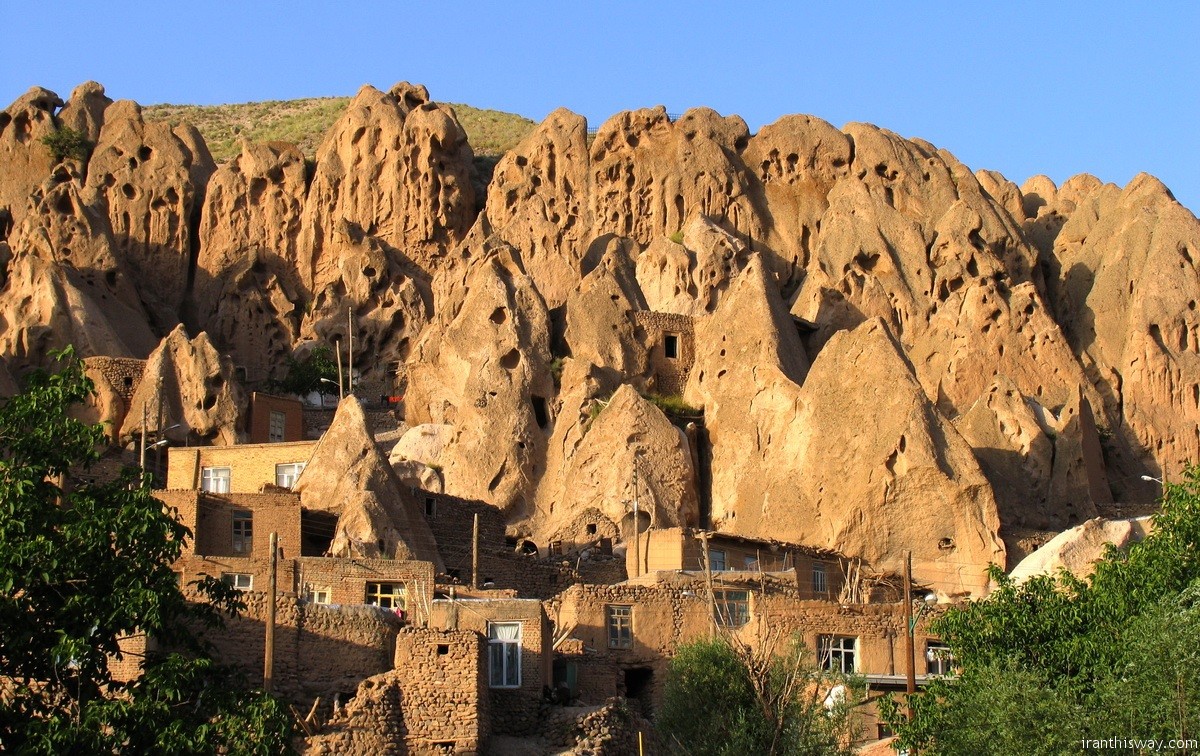Emergency operations involving the relics of Naqsh-e Rostam, the ancient necropolis near Persepolis in Fars Province, have been completed and no danger threatens the historical structures.
The project was conducted by a team of restorers from Persepolis World Heritage Site and rock-climbers from Marvdasht County at a height of 40 meters.
During the operations, seven loose pieces of rocks weighing around 1,000 kg were carefully detached and brought down to prevent them from falling, CHTN reported.
"In spite of all difficulty and the hazardous position of rocks, conservation programs were carried out successfully and no serious danger is facing the walls of the Tomb of Xerxes I," Masoud Rezaei Monfared, director of the Persepolis World Heritage Base, said on Thursday.
The wall of Naqsh-e Rostam, which holds the tombs of Achaemenid kings and the Sassanid and Elamite rock reliefs, was in a poor condition due to internal structural defects and natural erosion. Reports of the protection unit affirmed the site's risky status.
"Therefore, technical measures to protect the structure while preserving its visual appearance were placed on the agenda," the official said.
Scaffolding against the Tomb of Xerxes I was first erected in 2013 to provide access for studying the wall's conditions.
During field studies, experts found that several large pieces of rock had partly separated from the wall and were likely to fall.
A team of restorers from Persepolis and rock-climbers from the region prepared an emergency rescue plan that was submitted to and approved by the Technical Council of Persepolis.
The rocks have now been removed and the structure is secure.
Located 12 km northwest of Persepolis, Naqsh-e Rostam is one of the most awe-inspiring ancient sites of the Achaemenid Empire, which consists of the colossal tombs of Persian kings dating back to the first millennium BC.


